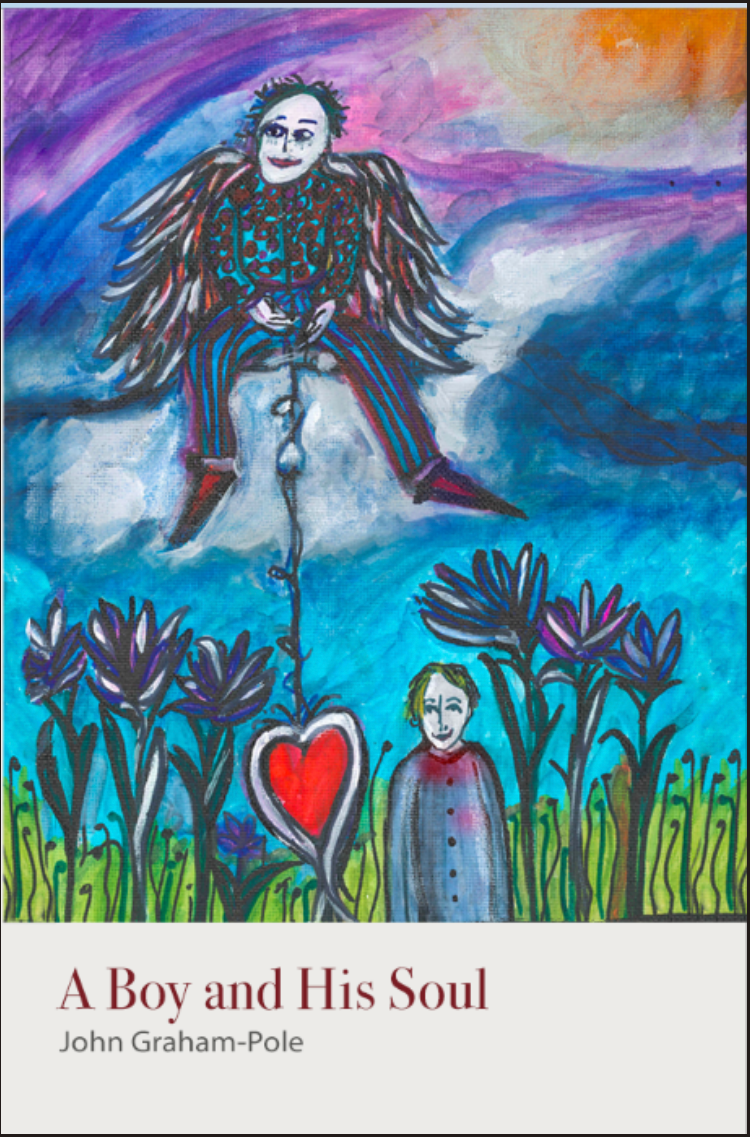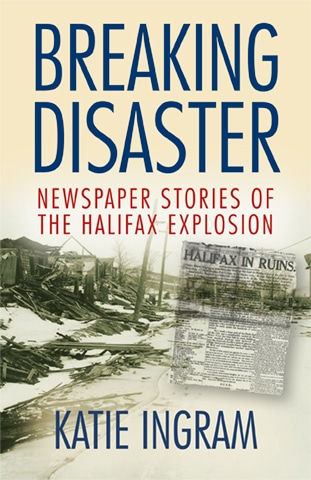The Blind Man’s Eyes consists of a collection of poems by Rita Joe. She writes about her cultural struggles and upbringing of her life. Rita Joe shares her life as a residential school survivor, a mother, a wife, and an activist. Celebrating her unique Mi’kmaq culture, she explores themes like resilience, beauty, wisdom, and her mother language. The Blind Man’s Eyes was published by Breton Books in 2015.
Rita Joe used her powerful poetry to give an insightful look into the Mi’kmaq identity and history. I loved how she used Mi’kmaq words in her poetry with definitions to better educate the readers. I learned many words like:
• Keskmsi’- “ahead of myself”
• A’tukaqn- “a legend or story”
• Lu’sknikn- “bannock”
• Kiptu- “eagle”
• Nkamlamum- “My heart”
…and many more
Her poetry fights the frequent misconceptions and prejudices that Rita Joe encountered in the dominant society, as well as teaches others about Mi’kmaq values and beliefs. The Blind Man’s Eyes influenced me to research even more about Mi’kmaq beliefs and values to further educate myself and build from the foundation of knowledge that I have attained.
Rita Joe’s poems are very elegant and graceful while being completely honest and authentic. My favourite one is “My Shadow Celebrates”.
“Thought it was natural for me to create my leather dress
The beads and quill ornamentation
You call it art.
It makes me feel wise with a sense of identity.
Though it was through necessity I used bone, stone, and wood
To carve my images
You call it art.
It makes me feel wise and a seer of beauty.
Though I created the mask for mystical purposes
The amulets my ritual objects
You call it art.
It makes me feel wise as my spirit flows with love.
My sketches have revealed the loneliness of fading away
The message passing the wind into all eternity.
You call it art.
My spirit celebrates, ‘You have found me!’ “
I love this poem mainly because it showcases the contrast between the artist and the society. Society doesn’t fully appreciate the cultural integrity of the piece of “art” and commodifies its spiritual significance to “art”. The poem paints this image of Indigenous and ancestral ingredients used to create a significant piece of work such as leather, beads, bone, etc. It also showcases the creativity of the artist. Symbolising, how “art” has so much more meaning to it and plays a significant role in a culture’s identity.
Overall, I give this book 5/5 stars as it educated me in the best way possible. It’s a piece of literary work that I will use to further educate myself! It’s such an inviting book for readers to learn more about the Mi’kmaq culture. This book serves as a testament to Rita Joe’s literary legacy, leaving an essential mark in Canada’s literature.






















